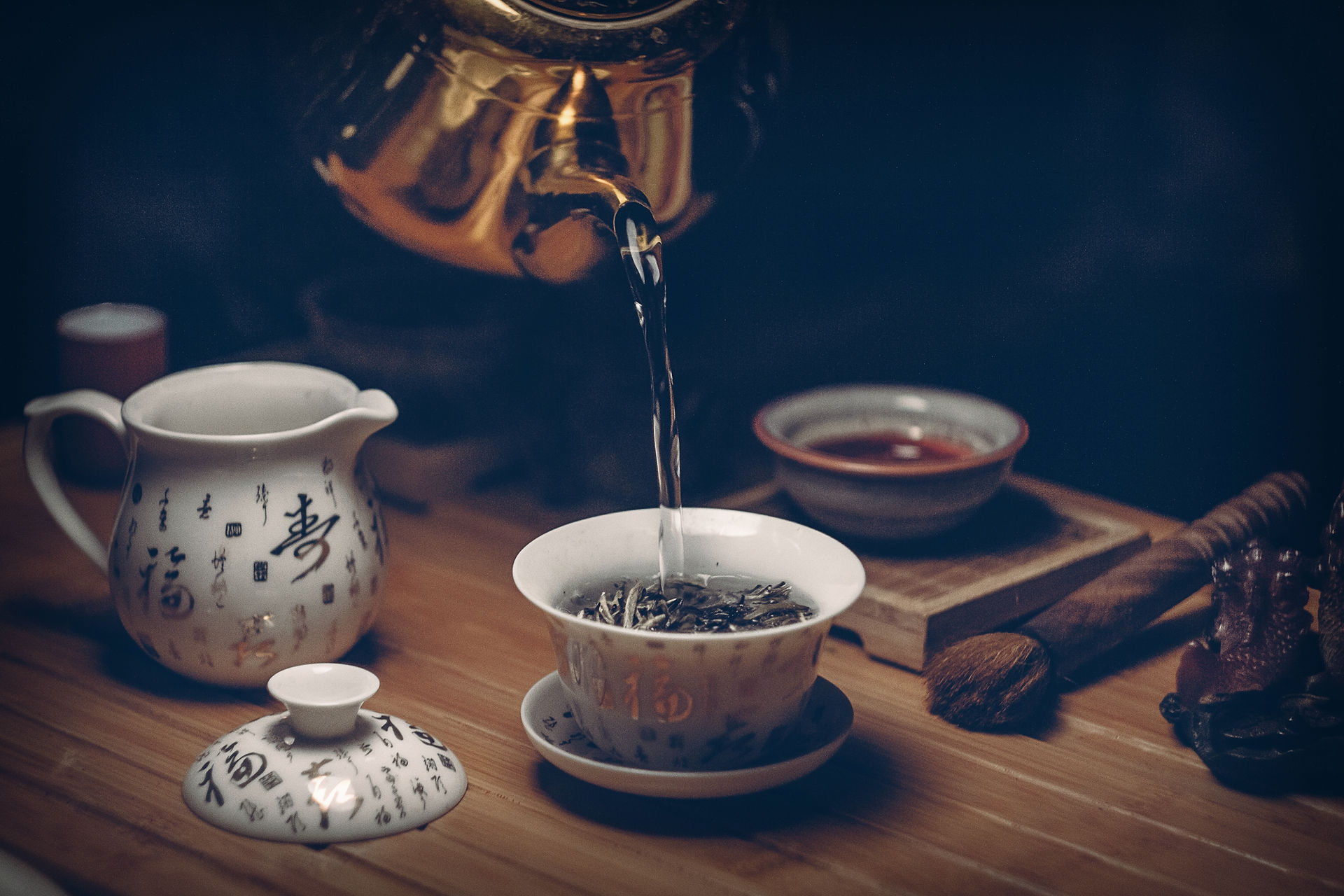
Gastronomie
The Chinese gastronomy is one of the renowned of the world, and probably the one which is the most variated. This gastronomy is well-known for its diversity and influences : each province develops its own cuisine in adequacy with its local climate. Chinese gastronomy is characterised by the affluence of the ingredients, the complexity of the cutting methods, by the sophisticated use of spices, and finally by various cooking methods.
It exists several regional gastronomies, the eight most famous are : the one from Shandong (Lucai), from Jiangsu (Sucai), from (Wancai), from Zhejiang (Zhecai), from Fujian (Mincai), from Guangdong (Yuecai), from Hunan (Xiangcai) and from Sichuan (Chuancai).
The cuisine of the North-East is generous, the locals enjoy strong taste such as garlic, vinegar soy sauce. Grain, sheep are dominating the cuisine of this region.
The cuisine of the South-East and of the Center is mostly composed of vegetables (bamboo shoots, bean sprouts, lotus roots) and fish. The dishes are light and accompagnied with ginger, vinegar and rice vinegar.
Recognized worldwide , the South cuisine is complex and rich, without dominating taste , freshness and steam cooking are a must.
The locals of South-West and Center mostly fancy spicy food (Sichuan pepper and red chili pepper. La consommation de ces aromates épicés permet de supporter le froid et l'humidité de cette région. La viande consommée est principalement le bœuf. Les harmonies gustatives sont souvent baptisées de noms évocateurs : goût étrange, goût familial, goût pimenté-parfumé.
In the North West, locals who are mainly muslims avoid pork, they mostly eat lamb with cumin, chili and grain noodles. This cuisine is influencial is Pekin which is not far from the Gobi desert.
We can often choose a fresh fish directly in the aquarium, or another animal in a cage at the entrance of the restaurant.




